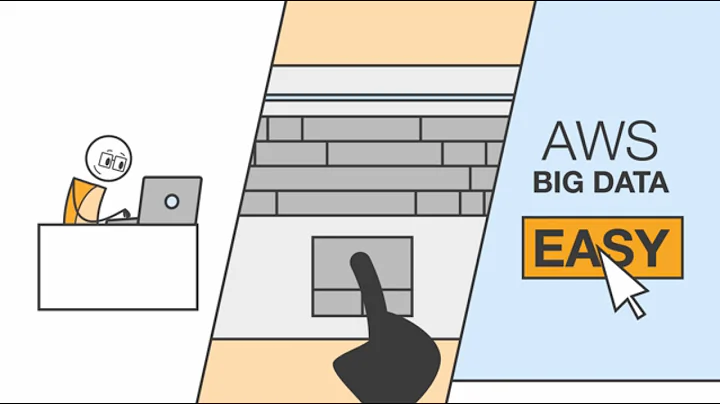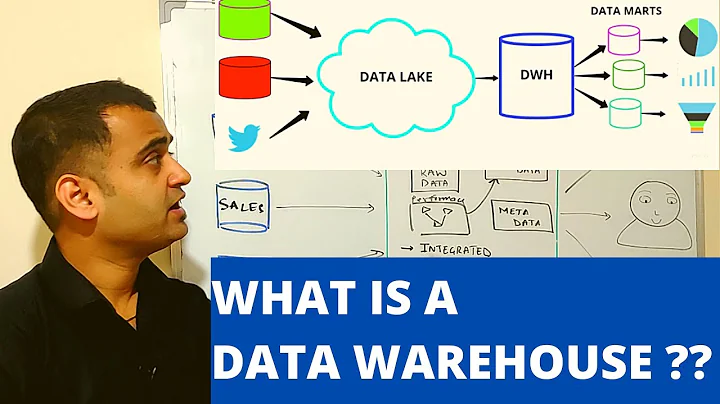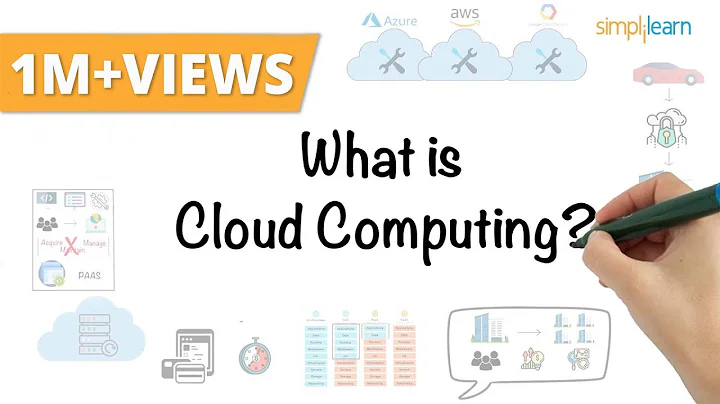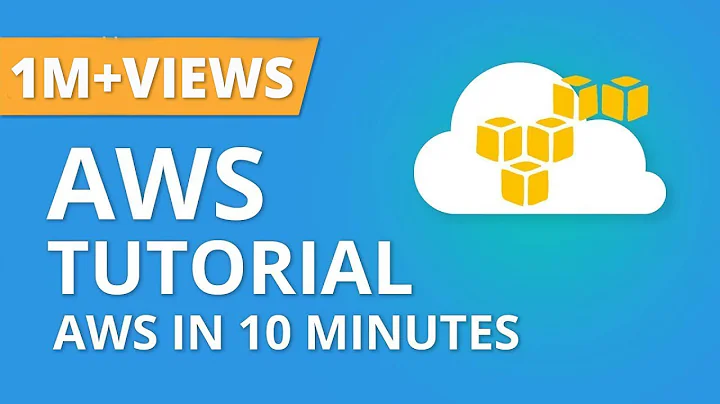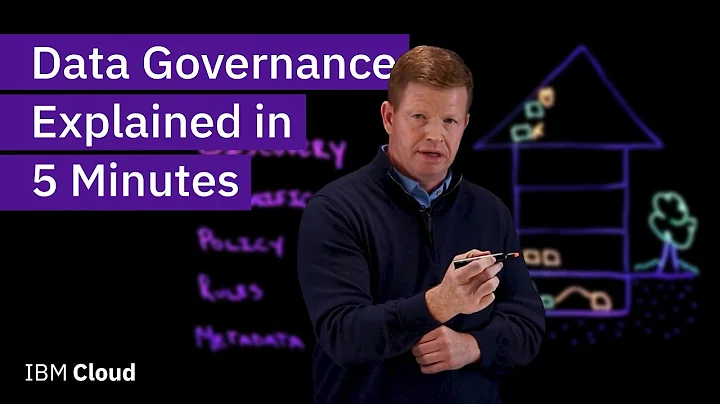As the amount of data contained in business transactions continues to increase, service providers are looking for ways to make data management in the public cloud easier. Big data is becoming increasingly important, and cloud service providers want to get into the enterprise database space. 
Research organization IDC predicts that big data will increase at a rate of 60% per year, including structured and unstructured data. Businesses need to find ways to make use of this data, and databases have long been a great solution. Currently, service providers are introducing more ways to host these databases in public clouds through cloud technology, freeing users from cumbersome database hardware customization and allowing users to have database expansion capabilities. Jeff Kelly, a big data research expert at research firm Wikibon, said: "This is a very large market. The cloud will be the final destination for a lot of big data."
Of course, there are still many problems in DBaaS (database as a service), especially in DBaaS (database as a service). It is about issues such as sensitive information stored on the cloud and cloud service outages. However, the emerging market of cloud database and tools is obviously accelerating. The following are 10 cloud database tools that Network World in the United States pays attention to. Some of them are direct relational database , SQL or NoSQL database providers, while others focus on open source databases. Of course, the 10 cloud databases listed here cannot be exhaustive. Large market players such as Oracle, HP and EMC/VMware have also launched their own cloud-based products and strategies for these tools.
1. Amazon Web Service (AWS)
Amazon Web Services (AWS) has a variety of cloud-based database services, including relational databases and non-relational databases. Amazon Relational Database (RDS) can run multiple instances of MySQL, Oracle and SQL Server, while Amazon Simple Database (Amazon SimpleDB) is a non-schema database specifically designed for small workloads. On the NoSQL side, Amazon DynamoDB is an SSD -enabled database that automatically replicates workloads across at least 3 available spaces. Wemer Vogles, CTO of Amazon Web Services, said that DynamoDB is the fastest growing service in the history of Amazon Web Services. In addition, Amazon has also released some auxiliary data management services, such as the newly released Redshift data warehouse and Data Pipeline that can help users integrate multi-source data for easy management.
2.EnterpriseDB
EnterpriseDB focuses on the open source PostgreSQL database, but its claim to fame is its ability to work with Oracle database applications. By using EnterpriseDB's Postgres Plus Advance Server, users can write applications for native Oracle databases using EnterpriseDB. EnterpriseDB is currently available on HP and Amazon Web Services cloud services. In addition, EnterpriseDB also has functions such as binary replication and regular backup.
3.Garantia Data
Garantia provides users with a gateway service through which users can run the open source Redis and Memcached in-memory non-relational database services on the Amazon Web Services public cloud. Garantia software can help developers automatically expand nodes, create clusters and fault-tolerant models for these open source data platforms.
4.Google Cloud SQL
Google's cloud database services are mainly focused on the two major products of Google Cloud SQL and BigQuery. The former is described by Google as a fully relational database infrastructure similar to MySQL, while BigQuery is shaped as an analytics tool for running queries on large data sets on Google's cloud infrastructure.
5.Microsoft Azure
Microsoft uses its SQL Server technology to develop a relational database, allowing users to directly access SQL databases in the cloud, or host SQL server instances in virtual hosts.Microsoft is also paying great attention to hybrid databases. The company uses SQL Data Sync to integrate data on users' local and Azure clouds. Microsoft also has a service called Tables, a cloud-based NoSQL database service that uses the Blobs ( binary large object storage ) algorithm and is optimized for media files such as video and audio.
6.MongoLab
In the world of NoSQL, there are a variety of database platforms to choose from, including MongoDB. MongoLab allows users to access MongoDB through large cloud service providers such as Amazon Web Services, Microsoft Azure and Joyent. Like other gateway-type services, MongoLab also integrates a variety of PaaS (Platform as a Service) tools at the application layer. MongoLab can be accessed in a shared environment or run in a dedicated environment, although the latter is usually slightly more expensive than the former.
7.Rackspace
Through a product called "Cloud Databases", Rackspace's database can become either a cloud or a managed service solution. Rackspace is focusing on container-based virtualization of Cloud Databases, which they believe will give database services far better performance than pure virtualized infrastructure. Cloud Databases also integrates a SAN network storage based on the OpenStack platform. Rackspace also recently released a NoSQL database developed by service provider Cloudant on its cloud service.
8.SAP
Enterprise software giant SAP is currently entering the cloud computing market through HANA, a platform based on memory technology. Cloud databases from HANA complement other on-premises database tools such as and Sybase. The database is currently available in the Amazon Web Services cloud service. HANA also includes other non-database applications, such as business management tools and application development tools.
9.StormDB
Unlike other cloud databases, StormDB is a distributed relational database that runs its distribution on physical servers, which means there is no virtual host. StormDB officials point out that this results in better performance and easier management because users don't need to choose the capacity of the virtual host for their database. However, even if physical servers are used, users are still sharing the servers in the cluster. However, StormDB promises that all users' databases are independent. In addition, StormDB can also automatically shard the database in the cloud. The company is currently running a free beta version.
10.Xeround
Xeround is a management tool that can deploy scalable MySQL databases across multiple cloud providers and platforms. Xeround provides high accessibility and scalability, not only across different cloud providers such as Amazon Web Services, Rackspace, Joyent, HP, etc., but also able to work on OpenStack and Citrix (Citrix) platforms.


